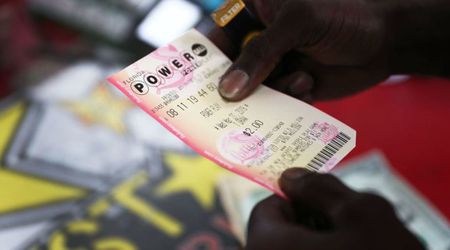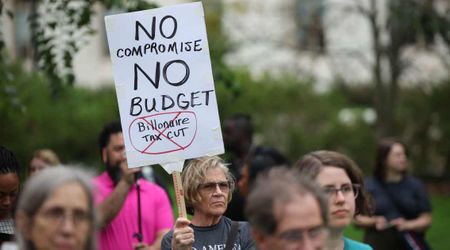How George Soros Made Trading History; Raked Over $1 Billion By Betting Against the Bank of England

Most call the European financier George Soros evil while some call him wise, but no one can make transactions like him. In the early 1990s, Soros made a jaw-dropping $1 billion in just one trade within six weeks. He made gigantic profits from this trade and began ruling the financial market, earning immense respect. Soros is recognized as one of the most thriving yet influential investors that the country has ever seen. Besides his market reputation, Soros is widely popular for his philanthropic efforts, having made controversial statements on different issues. According to Soros, "Markets are constantly in a state of uncertainty and flux and money is made by discounting the obvious and betting on the unexpected."
The man who broke the Bank of England
Soros started his international trading career in 1954 with London's Singer & Friedlander. Sometime later, he moved to New York and along with Jim Rogers founded Soros Fund Management in 1970 and gave the theory of reflexivity to the financial markets. His company has earned the status of becoming one of the most profitable companies in the sector. Soros has been a major investor and has worked with renowned companies like Amazon, Netflix, Alphabet, T-Mobile, Walmart, and others.
During the early '90s, Soros saw a lucrative opportunity with the British pound that worried no one else. He believed it was overvalued due to Britain's membership in Europe's exchange rate mechanism (ERM), which kept its currency too high. Soros bet that the pound would weaken, so he started selling pounds and buying German marks, a strong currency. The European exchange rate mechanism called ERM started in 1979 to keep the exchange rates of European currencies steady. Due to Soros's bold step, excruciating pressure mounted on the Bank of England which was asked to adjust its rates.
This is George Soros.
— pedma (@pedma7) May 7, 2024
He's a hedge fund manager with a net worth of $6.7B.
In 1992, he famously bet against the British pound, making a total profit of over $1B.
He has donated more than 64% of his original fortune, $32B to charitable causes.
Here's his investment philosophy: pic.twitter.com/c4aDbeypZn
As a result, Soros then increased his bet, shorting $10 billion worth of pounds. Following the consequence of the trade, the Bank of England had to withdraw its currency from the ERM, and the pound's value plummeted. The transaction earned Soros a whopping profit of $1.5 billion, the largest ever in history. The date of September 16, 1992, is still remembered as the Black Wednesday that earned Soros the nickname i.e. "The man who broke the Bank of England." Later in 2013, Soros' family investment fund had over $24 billion and recorded a 24% annual profit.
Three controversial bets
George Soros's most debatable and unbelievable trade is the one that shocked the nation by breaking the Bank of England. The second-best investment of Soros was when he initiated a trade of Thai Baht during the Asian financial crisis in 1997. He supposedly bet $1 billion out of a $12 billion portfolio calculating that the currency would crash, and it did. After the accusations of the Malaysian PM, Soros issued a statement saying, "By selling the Thai baht short in January 1997, the Quantum Fund managed by my investment company sent a market signal that the baht may be overvalued."
Between 2013 and 2014, Soros made another controversial trade targeting the Japanese currency Yen and made around $1 billion in profits. He executed the plan cleverly as he knew that Shinzo Abe, the Japanese PM was trying to upscale the country's economy. At the same time, Soros invested in the Nikkei, playing in Japan's stock market. While Soros was betting against the Yen, its value dropped by about 17%, hiking up the Japanese stock market by 28% before it fell.




















